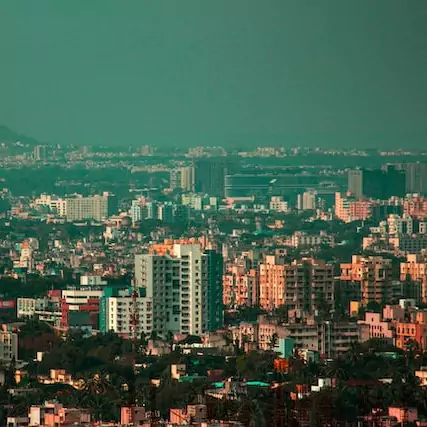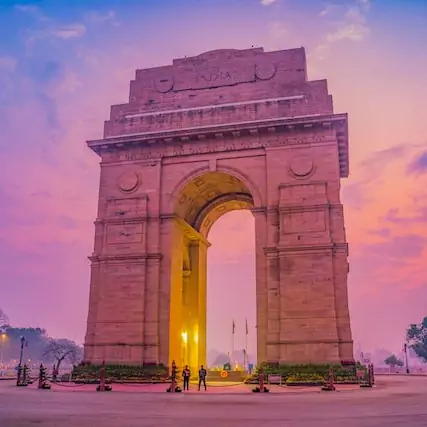Dealing with paint bubbling on your walls can be a frustrating and unsightly problem that numerous homeowners face. When the paint lifts from the surface and forms bubbles, it creates an uneven and damaged appearance, which not only detracts from the aesthetics but can also lead to more severe damage and costly repairs. As experts in SEO and professional copywriting, we bring you a thorough guide on preventing and fixing paint bubbling on your walls
Understanding the Root Causes of Paint Bubbling
Before we delve into effective prevention and fixes for paint bubbling, it’s essential to grasp the underlying causes. This knowledge empowers you to address the root issues effectively and minimizes the chances of future occurrences. Paint bubbling can arise from various reasons, including:
1. Moisture and Humidity Levels
Excessive moisture and high humidity levels often trigger paint bubbling. When moisture infiltrates the walls, it weakens the paint’s adhesion, leading to bubbles.
2. Inadequate Surface Preparation
Insufficient surface preparation before painting can also lead to adhesion problems. Improperly cleaned, sanded, or unprimed walls may cause the paint to adhere unevenly, resulting in bubbling over time.
3. Poor-Quality or Expired Paint
Using low-quality or expired paint can compromise the overall integrity of the paint job. Old or subpar paint may fail to adhere properly to the surface, leading to bubbling and other imperfections.
4. Painting in Extreme Temperatures
Painting in extreme temperatures, such as during extremely hot or cold weather, can hinder proper paint drying and adhesion, thereby contributing to bubbling issues.
5. Underlying Structural Issues
In some cases, paint bubbling may indicate more significant structural problems, such as water leaks or mold growth behind the walls. Addressing these issues promptly is vital to prevent recurring paint bubbling.
Effective Preventive Measures to Avoid Paint Bubbling
Now that we understand the potential causes, let’s explore preventive measures to safeguard your walls from paint bubbling.
1. Opt for High-Quality Paint
Invest in high-quality paint from reputable brands. Quality paint contains better binders and resins, ensuring superior adhesion to the surface and reducing the chances of bubbling.
2. Thorough Surface Preparation
Before painting, thoroughly prepare the surface. Clean the walls to remove dust, dirt, and grease, and ensure they are completely dry. Sand any uneven areas and apply a suitable primer to promote paint adhesion.
3. Monitor Humidity Levels
Pay close attention to the humidity levels in your home, particularly in areas like bathrooms and kitchens prone to moisture. Use exhaust fans and dehumidifiers to maintain optimal humidity levels.
4. Avoid Extreme Temperatures
Plan your painting projects during mild weather conditions to allow for proper paint drying. Avoid painting when temperatures are excessively high or low.
5. Regularly Inspect for Structural Issues
Conduct regular inspections of your walls for signs of water leaks, mold, or other structural problems. Address these issues promptly to prevent paint bubbling and more severe damage.
Effective Steps for Fixing Paint Bubbling
If you encounter paint bubbling despite your best preventive efforts, don’t worry. We’ve got you covered with effective methods to fix the issue and restore your walls to perfection.
1. Prepare the Surface Carefully
Carefully remove the bubbled paint: Use a scraper or sandpaper to gently and methodically remove the affected paint. Take care not to damage the underlying surface or create further imperfections. Smooth out the edges around the removed area to create a seamless transition between the old and new paint.
Prepare the surface: After removing the bubbled paint, ensure the surface is clean and free of any debris, dust, or loose particles. Wipe it down with a damp cloth or sponge to create a clean and smooth base for the new paint application.
Apply primer: Priming the prepared surface is crucial to ensure proper adhesion of the new paint. Choose a suitable primer based on the type of surface and paint you will be using. Apply the primer evenly, following the manufacturer’s instructions. The primer helps seal the surface, enhances paint adhesion, and prevents future bubbling issues.
Allow proper drying time: After applying the primer, allow it to dry completely. The drying time may vary depending on the product used and environmental conditions, so follow the recommended drying time on the primer’s packaging.
Repaint the surface: Once the primer has dried, it’s time to repaint the area with your chosen high-quality paint. Apply the paint in thin, even coats, ensuring good coverage over the primed area. Take your time and allow sufficient drying time between each coat.
2. Repaint the Surface
Following the priming process, proceed to repaint the surface using high-quality paint to achieve a durable and aesthetically pleasing finish. It is essential to apply thin, even coats of paint to ensure a smooth and professional result. Thick coats can lead to uneven drying and an unappealing texture, so using a light touch is crucial.
After each coat is applied, exercise patience and allow sufficient drying time before applying the next layer. Adequate drying time allows the paint to settle, and adhere properly and avoids any potential smudging or damage. The specific drying time will depend on the type of paint used and environmental conditions, so it’s best to follow the manufacturer’s recommendations.
Remember, multiple thin coats will often yield better results than a single thick application. Gradually building up the layers ensures more consistent color and helps to avoid drips or runs. Take care to maintain a steady hand and use appropriate brushes or rollers for the best coverage and finish.
By following these guidelines and taking your time during the painting process, you can achieve a beautiful, long-lasting, and professionally painted surface that will bring satisfaction for years to come.
.
3. Blend the Paint Seamlessly
To achieve a flawless and seamless finish, it is essential to feather the edges of the newly applied paint into the surrounding area, effectively blending it with the existing paint. This technique involves gradually thinning and softening the paint at the edges to create a smooth transition between the old and new surfaces. By carefully feathering the paint, any noticeable lines or demarcations can be avoided, resulting in a professional-looking and cohesive appearance. Take your time and use gentle, smooth strokes while feathering to ensure seamless integration of colors and textures, giving your paint job a professional touch that will be virtually indistinguishable from the original surface.
4. Monitor the Repaired Area
Keep a vigilant watch over the area that has been repaired to ensure that the paint adheres seamlessly and does not show any indications of bubbling. Monitoring this process is essential to guarantee a smooth and flawless finish, as any bubbling could lead to potential imperfections in the final result. Regularly inspect the surface during the drying period to address any issues promptly and maintain the paint’s adherence for a long-lasting and aesthetically pleasing outcome.
Conclusion
Preventing and fixing paint bubbling on your walls is essential for maintaining a visually appealing and structurally sound home. By understanding the causes of paint bubbling and implementing preventive measures, you can avoid this issue altogether. However, if you do encounter paint bubbling, following the proper steps for repair will help you restore your walls to their former glory.
Remember, a well-maintained home not only brings joy and pride to its inhabitants but also ensures higher property value. So, take the time to care for your walls, and they will reward you with long-lasting beauty.



